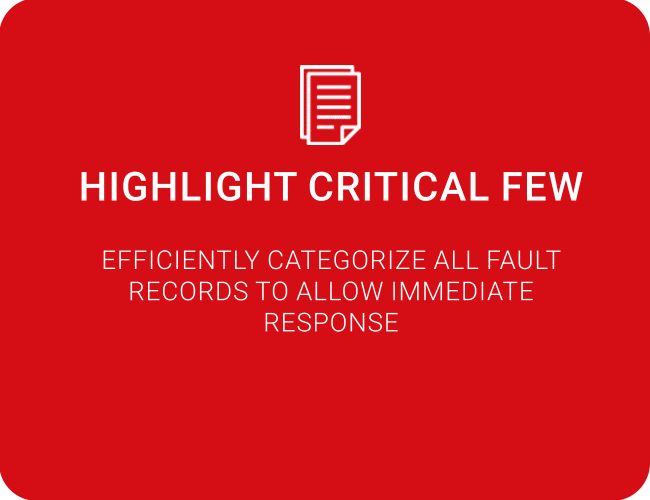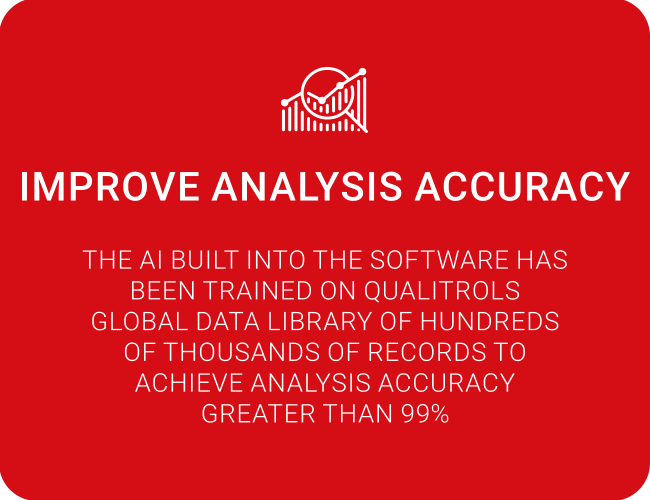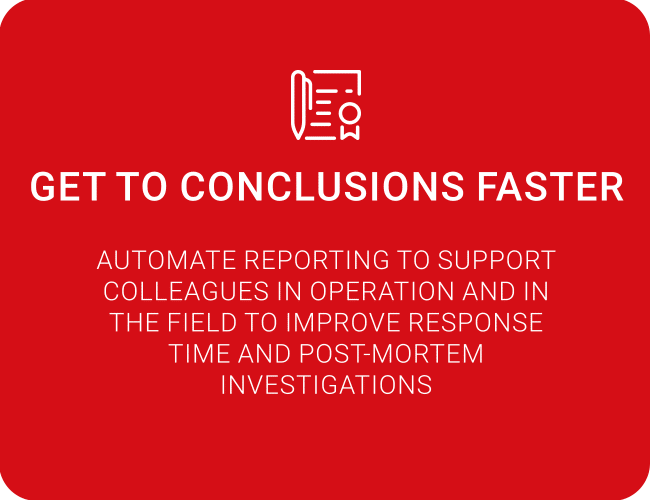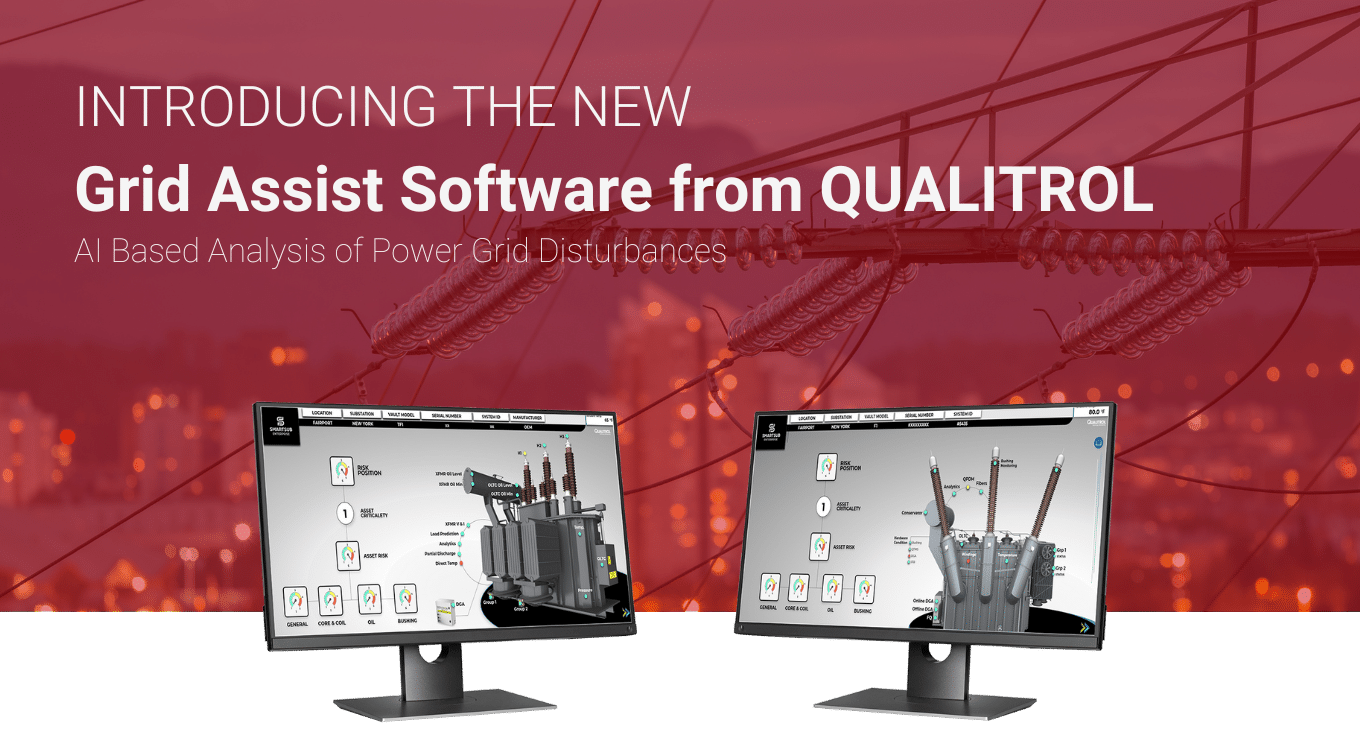
Join a new worldwide community using machine learning to categorize hundreds of fault records in seconds and speed up the fault analysis process!
At Qualitrol, we understand that the analysis of fault records during a system disturbance can be a laborious task. Getting to the correct records and extracting the relevant information quickly can help reduce outage times and result in significant cost savings. Quailtrol have been working on a new machine learning approach to fault analysis.
Leveraging data from a worldwide install base to train learning algorithms has allowed faults to be categorized with 99% accuracy. Parameters can be extracted from the waveforms automatically and fault reports can be generated with all the relevant information within minutes of a fault occurring.
Improve the accuracy and speed of analysis of recorded/downloaded records.
Many utilities have a large install base of fault recorders and/or protection relays. Sometimes up to and beyond 200-400 units. During a storm a system this size could accumulate close to 1000 records. GridAssist was born out of the need to reduce the time required to manually process 1000’s of records. GridAssist will automatically highlight the critical few records to allow the correct decisions to be made rapidly.
- Accurate distance to fault to the patrol team within mins
- Differentiate between fault causes
- Flag up protection scheme issues before they cause further grid instability




Avoid unnecessary delays by removing the need to manually view insignificant fault records
Automatically categorise data from large or small populations of fault recorders or protection relays into record types such as “Circuit trip”, ”Failed to trip”, “Close onto fault”, “Circuit de-energized”, “Circuit energized”, “Through fault” etc. Automatically calculate relevant fault parameters such as protection pick up time, distance to fault (single and double ended), fault duration, faulted phase, maximum current flowed, etc.
Gather all relevant fault records into one disturbance event.
Cluster fault records together from the same fault to ensure all necessary data is in one place. For example, circuit trip and circuit reclose (both ends). Present all the data in an easy to navigate user interface.

